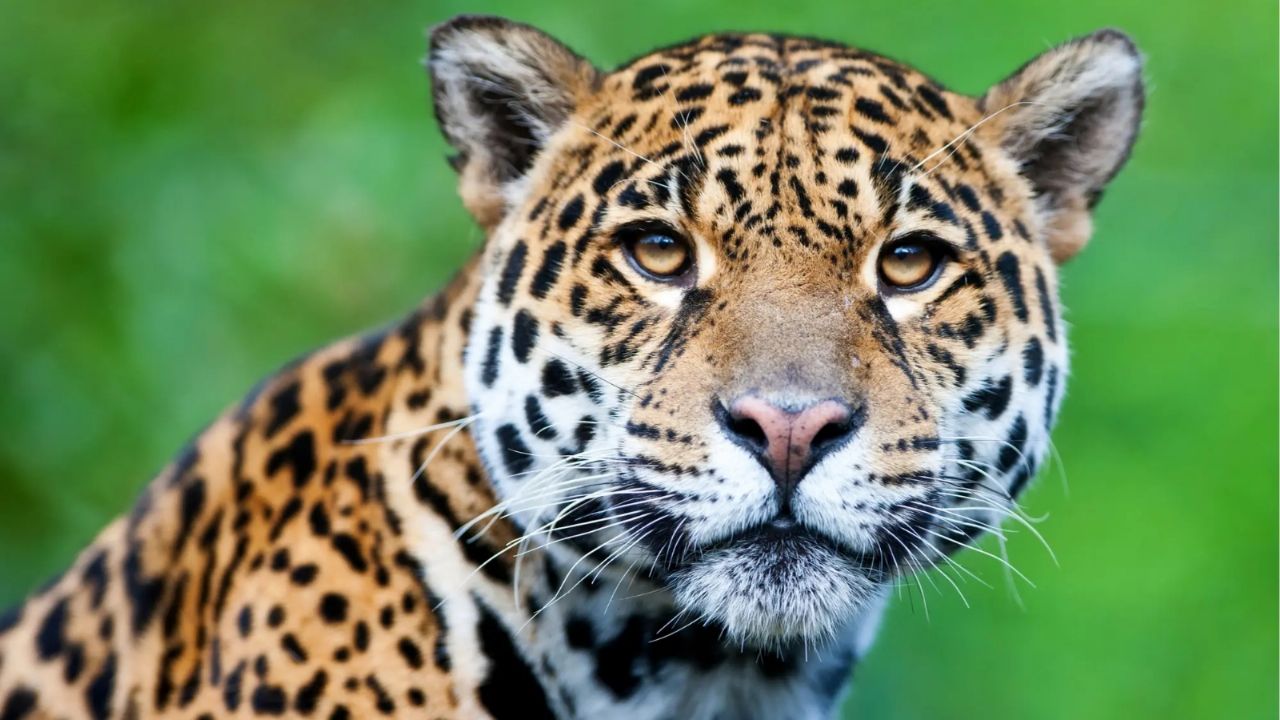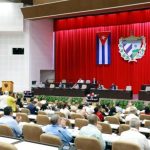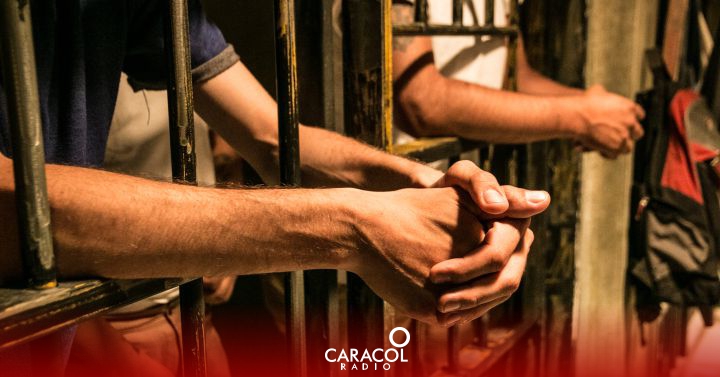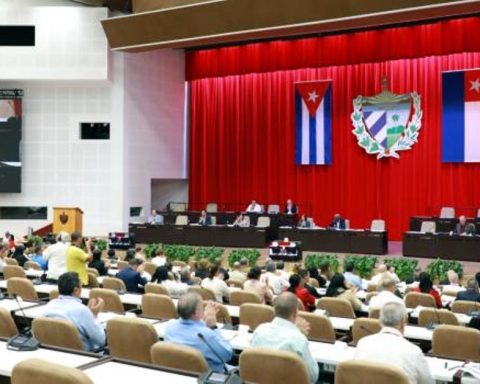The Foundation rewildingis an NGO that works in Argentina to reverse the extinction crisis, which is currently one of the largest at the environmental level, as Sebastián Di Martino, biologist and conservation director of the organization, assures in an interview for Minuto Argentina.
For it, the NGO works in different territories in which it advances various conservation programs. Besides, the Rewilding Foundation creates natural parks in order to recover ecosystems that have been degraded, even, in some cases, extinguished, as a result of climate change, among other factors.
In this sense, one of the main purposes of the Rewilding Foundation is to reintegrate extinct species into these ecosystems, for which they focus on rescuing “key” species, that is, they have very important roles in the preservation of the same ecosystems.
This is because when species “are absent, these ecosystems begin to degrade and can collapse,” which in turn makes the environmental crisis worsen and much more biodiversity is lost, according to Di Martino.
However, the biologist points out that, To achieve this goal, it is essential to develop social work and implement a sustainable economic model based on nature tourism., which includes the populations where their projects are carried out. In this way, “fauna ceases to be something indifferent and becomes an opportunity for development.”
Although they currently work in different territories such as the El Impenetrable National Park, in the Chaco region; the Patagonia Argentina National Park, in the northwest of the province of Santa Cruz; and in the province of Chubut, where they recently started a marine restoration project; Their flagship project is being developed in the Iberá National Park, the largest natural park in the country, in the center of the province of Corrientes.

In each of these territories, they implement conservation strategies according to the needs of the population, the area and the ecosystem; however, they focus on restoration and active management, since today more than ever it is necessary to recover the ecosystems that have been lost, since the level of degradation today is so high that it is not enough to protect the resources that still remain.
To do this, they identify, in each region, which are the species that have been lost or that maintain a very low number of individuals; this, in order to increase their quantity and, in the case of those that have become extinct, to reintroduce them, which implies very long-term projects and working on the implementation of a sustainable economic model with the community.
The specialist points out that the country has lost many species, since, in particular, Argentina “is a country that is characterized by having been severely defaunated and, perhaps, this has to do with the fact that it is a mostly flat country”, that is to say that they are “more easily accessible ecosystems”, therefore, “along with Uruguay, Argentina is one of the countries that has lost the most fauna” in Latin America.
This, since in the main natural areas, livestock and agriculture have developed a lot, which added to the mining and hydrocarbon industries, has ended up degrading the environment.
Taking this into account, in order to reintegrate each of the species to the territories, the organization implements long-term projects and works hand in hand with the community. Perhaps the most important of the foundation has been the project for the reintegration of the jaguar in Iberá, where this species has been extinct for more than 70 years.
At the national level, the jaguar has almost completely disappeared, since “it lost more than 95% of its distribution area and there are between 200 and 250 individuals left” throughout the country, for which it is “critically threatened with extinction”.

For this reason, when they started this project, one of the most difficult tasks was obtaining the specimens, since “it was not possible to obtain these wild animals in Argentina” and bringing them from other countries was even more complex; therefore, they had to start “breeding captive animals”.
However, as the dialogue specialist for this newspaper points out, to guarantee the success of the project, it is not only necessary to recover or reintroduce the species; also, “building a great social consensus”, which has to do with “changes in culture, education and the economy”; otherwise, the result of this initiative would not be the same.
On the economic aspect, he also underlines that the places in which they work are especially marginal areas for other types of production, and it is necessary to “understand that people need employment, need to generate income” and, therefore, these projects they have to be linked to a sustainable economic model so that they can “become engines of development”.
Why is it important to reintroduce the Jaguar?
The jaguar in Iberá is considered a key species or top predator, which plays a vital ecological role in the preservation of the ecosystem. This process occurs mainly in the food chain, since the jaguar preys on and competes with other species and, therefore, regulates the number and behavior of other species, which in turn allows it to maintain a balance in the environment.
In the case of the Iberá, there is a large number of capybaras, a kind of herbivorous rodent, which inhabit any area of the park, for which the role of the predator is key; both to reduce the number of capybaras, and to modify their behavior and make them live in specific places, which in turn allows the recovery of vegetation in the area.
Source: (Rewilding Foundation)
“A jaguar that returns to Iberá begins to generate that ecological role back from predation, what it ultimately does is make the ecosystem capture more carbon and better mitigate the effect of climate change,” explains the conservation director of the foundation.
Likewise, this species also helps mitigate the spread of pandemics, since by preying on other animals, especially “sick individuals that carry pathogens”, the spread or contagion of zoonotic diseases is prevented, as occurred with the coronavirus.

At the same time, the presence of the jaguars allows the vegetal zones to be more heterogeneous, which, in turn, means that there is the possibility that more species inhabit them, since “an environment that has top predators is a more diverse”.
In this regard, the specialist emphasizes that today more than ever it is important to take an active part in recovering this type of species, since “We naturalize degradation and forget how the matter was in the past” and, therefore, it is necessary to remind the population “that these species lived” and that it is important that “a species return that has the right to live on Iberá and on this planet.”
The jaguar is born in freedom after 70 years
In order to reintroduce this predator after more than 70 years of having disappeared in the largest natural park in Argentina, the foundation began its reintroduction project in 2012.
Their work began with the construction of the Jaguar Reintroduction Center (CRY), an area that took three years to build and has four octagonal pens for breeders, four breeding pens, a pre-release pen, and 30 hectares of area. protected.
With the collaboration of national and international organizations and institutions, the CRY managed to receive several specimens, in principle, from rescue centers and zoos; however, now the species are also imported from Paraguay, Brazil and Uruguay.
Thanks to a long process, in the year of 2021, the foundation he released the first female with two cubs that had been born in captivity in large pens, and then they released one more female and one male. However, in the park there were already more of these species.
These last two jaguars managed to copulate, which resulted, in May of this year, in the birth of two puppies in the wild after 70 years.which in addition to being a historical fact is a great incentive for the NGO to continue with its conservation projects.
The cubs that are in perfect condition are permanently monitored and join the family of four adults and four cubs that previously lived in the park.

Despite the success of the project, the biologist points out that there is still a lot of work to be done, especially with the community, which is a fundamental part of this entire process, because if another type of economic model is not generated that focuses on tourism in nature and observation, the process would not be the same.
During all this time, in addition, they have had the support of the Government of Corrientes and, thanks to the sighting of fauna as the main tourist attraction, the generation of employment is promoted in the population and a deeper social transformation is achieved, which, In turn, it allows generating greater awareness about the importance of preserving ecosystems, as they become a source of sustainable development.
Although with their projects they generate permanent environmental education and promote a cultural change, the specialist assures that it is not necessary to create a great initiative to generate a change, but rather, “Each one from their place can do something to reverse the environmental crisis” and create a “small-scale rewilding”.
In addition, it highlights that pressure must be put on political leaders so that the environmental agenda is a priority and, from different public policies, resources are protected. But, above all, he emphasizes: “we must not fall into despair, because when there is no hope there is no action” and what the planet needs is that more and more citizens want to act to preserve the richness of ecosystems and thus like the jaguar other species return to live free in their territories.


















